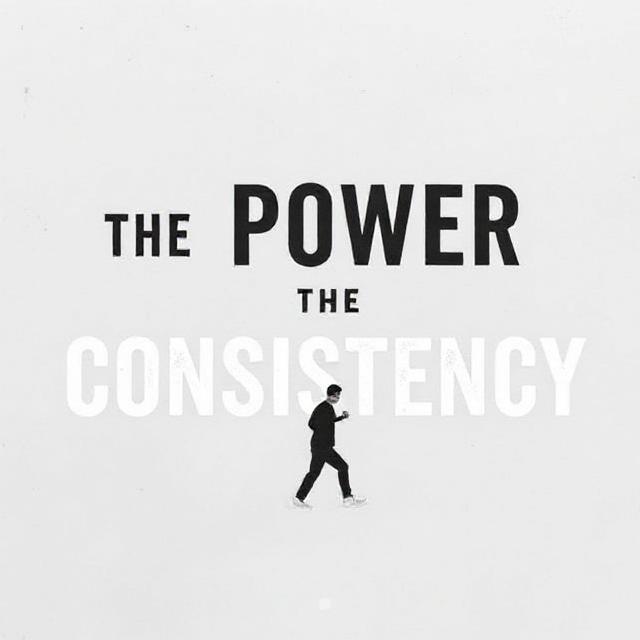
Confidence isn’t something people are born with — it’s something they build. Many people look at others who seem naturally confident and assume it comes easily to them. But the truth is, confidence is a skill, and like any skill, it grows through understanding, consistency, and small daily actions.
Feeling insecure doesn’t mean you are weak — it means your inner voice hasn’t learned how to support you yet. When you change your mindset, your habits, and your self-talk, confidence becomes a natural outcome.
Let’s break down a clear and realistic way to build confidence, even when insecurity feels heavy.
Understanding the Root of Insecurity
You can’t fix what you don’t understand. Insecurity often comes from:
| Source of Insecurity | How It Affects You |
|---|---|
| Comparing yourself to others | Makes you feel behind or unworthy |
| Past criticism or failure | Creates fear of judgment |
| Lack of action or progress | Lowers self-belief |
| Negative self-talk | Makes confidence feel unnatural |
| Trying to be perfect | Triggers fear of being seen imperfectly |
Confidence doesn’t come from being perfect — it comes from accepting your imperfections and moving anyway.
Step 1: Stop the Cycle of Comparison
Comparison is a confidence killer. In the age of social media, it’s easy to believe everyone else is doing better.
Here’s a mindset shift:
You cannot compare your behind-the-scenes to someone else’s highlight reel.
Try this habit:
- When you catch yourself comparing, say: “Their success has nothing to do with my timing.”
- Instead of asking, “Why don’t I have what they have?” ask, “What small step can I take today for myself?”
Shifting your attention from others back to yourself builds inner stability.
Step 2: Build Confidence Through Action, Not Just Positive Thinking
Confidence does not come only from affirmations or motivational quotes — it comes from doing things even when you’re not fully ready.
Here’s a powerful truth:
You don’t become confident and then take action. You take action and then become confident.
Start with micro-actions:
- Record a video of yourself speaking just for you — not to post, but to practice expressing yourself.
- Speak up once in a conversation, even if your voice shakes.
- Take small risks that stretch your comfort zone instead of giant leaps that cause anxiety.
Every time you take action despite fear, your brain learns: “I survived. I am capable.”
Step 3: Change Your Inner Language
Most people speak to themselves in a way they would never speak to a friend. Confidence begins with changing the script inside your head.
Instead of saying…
- “I always mess things up.”
Say… - “I’m still learning, and that’s okay.”
Instead of saying…
- “People will judge me.”
Say… - “People think less about me than I imagine. Everyone is busy with their own lives.”
Your self-talk becomes your emotional environment. If your inner voice is harsh, insecurity grows. If it becomes supportive, confidence follows.
Step 4: Stop Waiting for Confidence to Appear
Many people delay opportunities because they are “waiting to feel confident.” But confidence is not an emotion that arrives — it’s a side effect of doing difficult things repeatedly.
Think about anything you’re good at today. At some point, you were insecure doing it. But through repetition, it became natural. Confidence works the same.
Action leads to ease. Ease leads to confidence.
Step 5: Build a “Proof List” to Strengthen Self-Belief
Insecurity grows when you constantly focus on what’s missing. To flip this, create a proof list — a written list of things you have done successfully, no matter how small.
Examples of proof items:
- “I handled a tough situation before.”
- “I learned a skill I once knew nothing about.”
- “I got through days I thought I couldn’t.”
When you feel insecure, read your proof list. It reminds your mind that you have evidence of strength, not just fear.
Step 6: Accept Imperfection as Part of Confidence
Confident people are not confident because they do everything perfectly. They are confident because they are not afraid to look imperfect.
To practice this, do something imperfect on purpose:
- Post something online even if it’s not perfect.
- Share an opinion without worrying if it’s the smartest one.
- Try something new and allow yourself to be a beginner.
The moment you stop fearing imperfection, true confidence begins.
Step 7: Surround Yourself with Confidence Energy
Your environment matters. If you are constantly around people who complain, criticize, or judge, your insecurity will grow.
Surround yourself with:
- People who take action.
- People who speak about growth and progress, not drama.
- Content that inspires action rather than unrealistic comparison.
Confidence is contagious. Be around people who remind you of your potential, not your fears.
Step 8: Practice Everyday Exposure to Confidence Habits
Repeat these simple confidence-building habits daily:
| Confidence Habit | Frequency |
|---|---|
| Look people in the eyes briefly when speaking | Daily |
| Speak clearly instead of rushing your words | Daily |
| Walk with open body posture instead of shrinking | Daily |
| Say “I can figure this out” instead of “I can’t” | Daily |
| Do one small thing that feels uncomfortable | Daily |
These small changes might seem insignificant, but they slowly reprogram your brain to see yourself as capable and deserving.
Final Mindset Shift — Confidence Is a Choice You Make Daily
Confidence is not about becoming fearless — it’s about moving even with fear. Insecurity might still whisper in your mind, but you don’t have to let it control your actions.
Here’s the truth:
Confident people also feel insecure sometimes — they just decide not to let that insecurity stop them.
You don’t have to transform in one day. Start with one confident action at a time. Eventually, those small actions turn into an identity.
Read More About: How to Create a Morning Routine That Actually Improves Your Day



